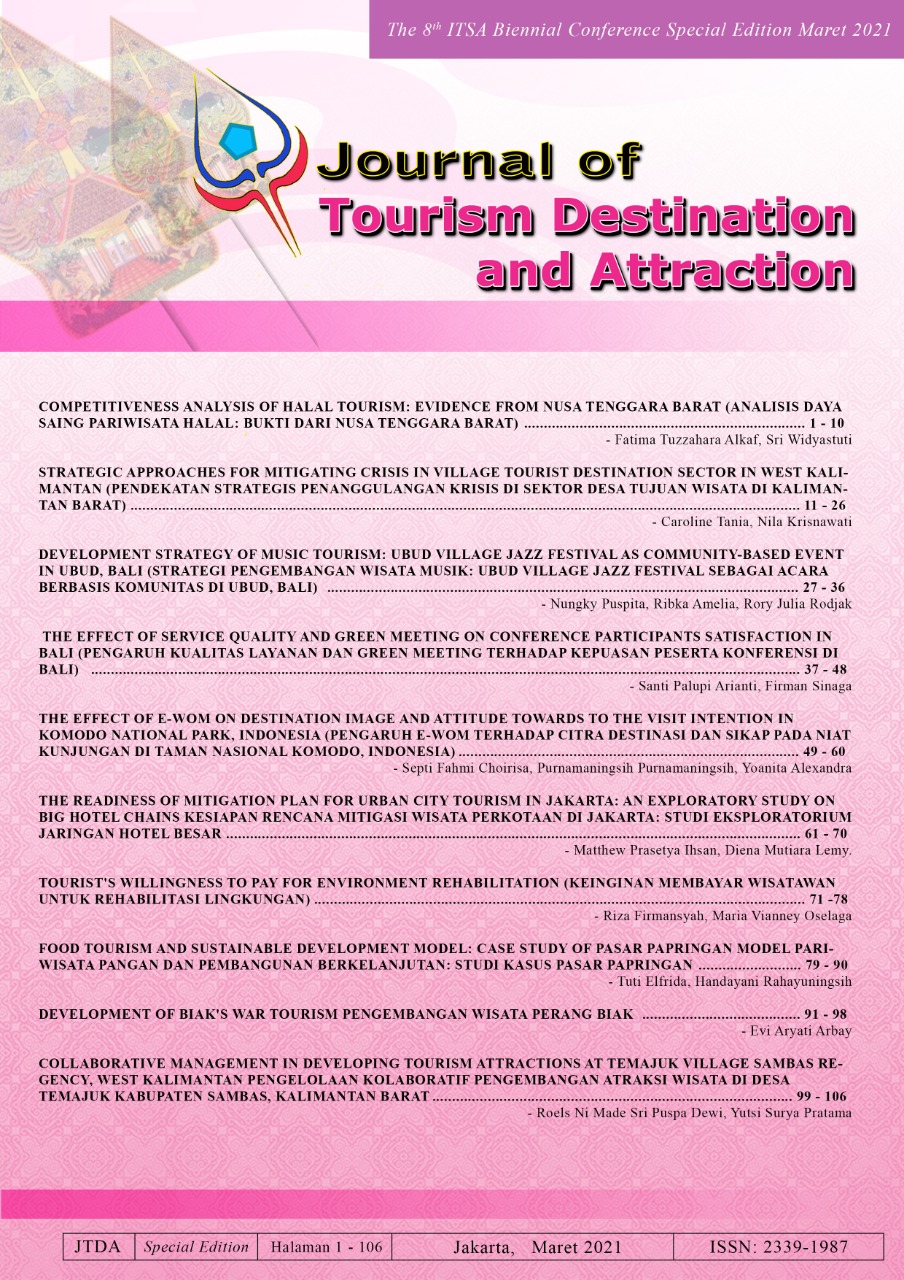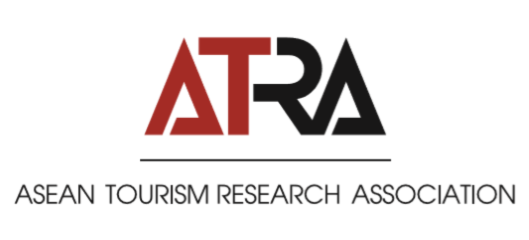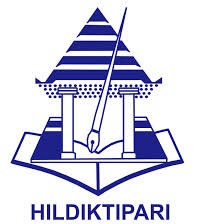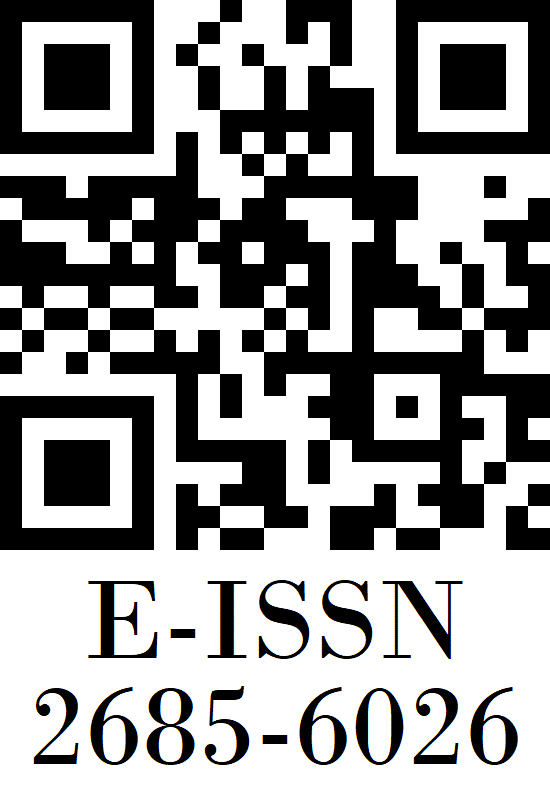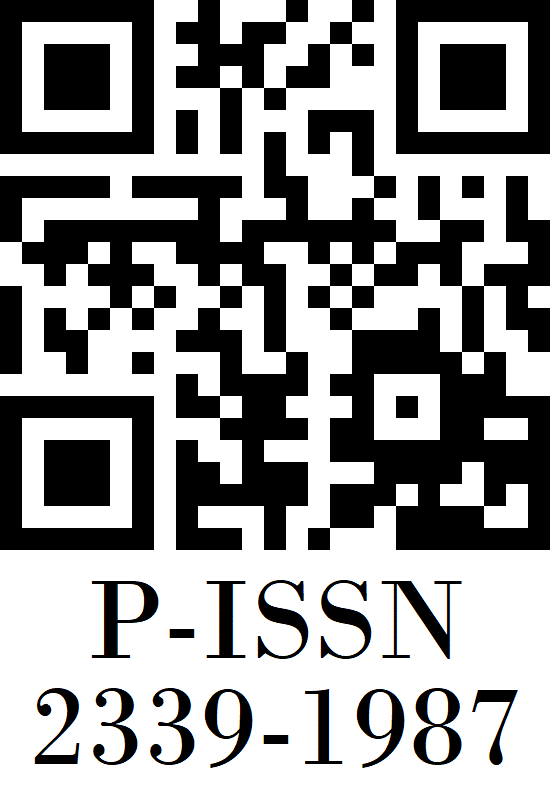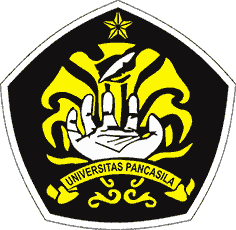COLLABORATIVE MANAGEMENT TO DEVELOPING TOURISM ATTRACTIONS IN TEMAJUK VILLAGE SAMBAS REGENCY, WEST KALIMANTAN
DOI:
https://doi.org/10.35814/tourism.v9i1.2063Keywords:
collaborative management, tourism attractions, developmentAbstract
This research was conducted to provide solutions and input to the problem of developing tourist attractions in Temajuk Village. The study used a descriptive qualitative research approach. Data collection done by observation, in-depth interviews, and documentation. Determination of informants using Purposive Sampling. The data analysis method using an interactive model that consists of: data collection, data reduction, data presentation and drawing conclusions.The results of this study indicated tourism in Temajuk Village has not been well developed due to the lack of good cooperation between the government, local communities and the private sector. The solution can be provided is by creating collaborative management in tourism management in Temajuk Village. The government must selectively give permission to investors. Every permit requested by the investor must have an MOU regarding the obligation to involve local communities. The community also should know how to developing, organizing, planning, and maintaining tourism objects. Local community must work together to build new attractions that have not been recognized by the community or provide innovation to the attractions. Youth people can work together to make a proposal on internet procurement in Temajuk Village for tourism needs such as creating a website that contains information about tourist attractions to support tourism promotion. Starting with the establishment of a Tourism Awareness Group (Pokdarwis) which functions as a community mobilizer to be actively involved in tourism development planning and become a government partner. The application of collaborative government models can synergize human resources with the tourism potential in Temajuk Village.
References
Miles, B.M. & Huberman A.M. (2009). Analisis Data Kualitatif. Jakarta: UI Press.
Selin, S. (1994). Collaborative alliances: New interorganizational forms in tourism. Journal of Travel and Tourism Marketing, 2(2–3). https://doi.org/10.1300/J073v02n02_13
Sugiyono. (2014). Metode Penelitian Pendidikan Pendekatan Kuantitatif, Kualitatif Dan R&D. Bandung: Alfabeta.
RI (Republik Indonesia). (2009). Undang-Undang No.10 tahun 2009 tentang Kepariwisataan.
Walliman, N. (2011). eBook Research Methods: the basics. London: Routledge Taylor & Francis e-Library.

